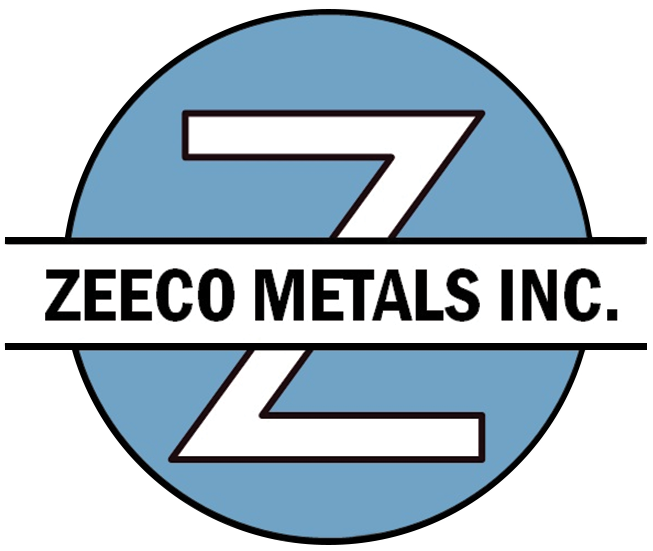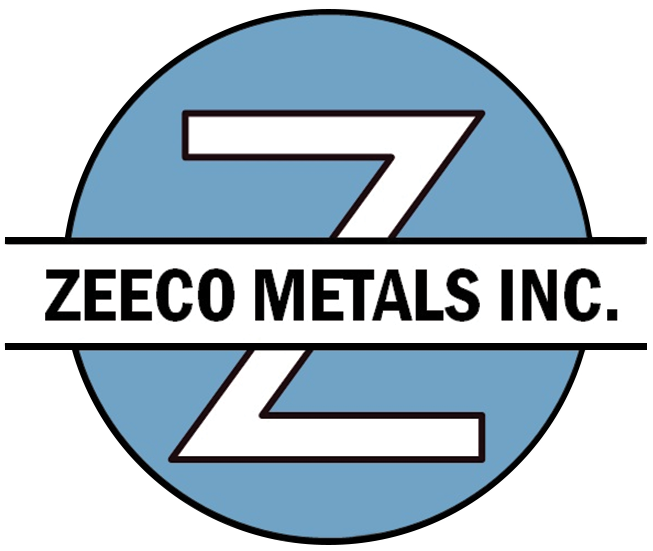
Hot Rolled and Cold Rolled
Hot Rolling and Cold Rolling Process
Rolling steel is a nonsubtractive metal processing technique that utilizes a series of rollers to form steel. Rolling steel allows for thick slabs of steel to be rolled into narrower sheets. Along with being rolled to specific thicknesses, the act of rolling itself work hardens the material. There are two primary rolling techniques — hot rolling and cold rolling. Both techniques provide different benefits useful for different applications.
Hot rolling is a process that applies heat to the steel before it is passed through a series of rollers, making it easier to form it into the desired shape. Hot rolled steel becomes cold rolled steel as its components undergo additional processing after the hot rolling process is complete and that steel has cooled at room temperature. The steel becomes cold rolled when it is once again put through a series of rollers without the application of heat. This allows for greater precision regarding the specifications of the end product.
Zeeco Metals warehouses and slits both hot rolled pickled and oiled material and cold rolled material as well as several other types of steel coils. All steel carried by Zeeco Metals, consists of the following grades:
- Commercial Steel (CQ)
- Types A, B, C, D
- Drawing Steel / Forming Steel (DQ/FS)
- Types A, B
- Deep Drawing Steel (DDQ)
- Extra Deep Drawing Steel / Interstitial Free (EDDS/IF)
- High Strength Low Alloy (HSLA)
- Grade 50, 60, 70, 80
- C1006, C1008, C1009, C1010
Hot Rolled Pickled and Oiled Steel Overview
After hot rolling steel, it is common for steel to carry surface contaminants such as mill scale. Pickling and oiling are processes that can remove contaminants and prevent future corrosion during storage.
The pickling process is a procedure where hot rolled steel is run through a highly acidic cleaner, called pickling liquor, to remove impurities from the material. After pickling, the steel is at risk of rapid corrosion from atmospheric exposure. To remedy this problem, the pickled steel is immediately oiled to prevent oxidation. After being oiled, the steel can be stored for long periods with minimal risk of oxidation, which would cause rusting to occur. It is typically recommended that the oil remains in place until the metal is ready for fabrication.
Hot Rolled Pickled and Oiled Steel Benefits
There are many benefits to using hot rolled pickled and oiled steel, including:
- Cleaner Steel: When a coil undergoes the pickling and oiling process defects, such as scale, are removed from the steel resulting in a cleaning, defect free product.
- Low Cost: Hot rolled pickled and oiled steel is typically a cheaper alternative to cold rolled steel because it forgoes the cold rolling process.
- Less Inclined to rust: As a result of the pickling process, hot rolled pickled and oiled steel has longer longevity in corrosive environments.
Hot Rolled Pickled and Oiled Steel Applications
Hot rolled pickled and oiled steel is best utilized in environments that are likely to rust the steel and where the application requires specific dimensional parameters. The oil that is applied to the steel promotes resistance to corrosion and allows the steel to be used for parts in automotive, agriculture, construction, and tubing products.
Cold Rolled Steel Overview
Cold rolled steel is hot rolled steel that undergoes additional processing. After hot rolling, the steel is allowed to cool and is then re-rolled at room temperature. Since the steel is no longer hot, greater amounts of pressure are required to compress the steel into its desired shape. This process requires more work, but results in tighter dimensional tolerances and an improved surface finish.
Cold Rolled Steel Benefits
There are many benefits to cold rolling steel, including:
- Better surface finish: Cold rolled steel exhibits better surface qualities than hot rolled steel. Smooth, shiny surfaces are characteristic of cold rolled steel products.
- Higher precision: Unlike hot rolled steel, cold rolled steel does not experience shrinkage, allowing it to achieve tighter tolerances and more accurate dimensions.
Cold Rolled Steel Applications
Although more expensive, cold rolled steel is preferred when precision and optimal surface quality is needed. Popular applications include aerospace parts, metal furniture, at-home appliances, and mechanical components.
Hot Rolled Pickled & Oiled and Cold Rolled Steel from Zeeco Metals
For over four decades, Zeeco Metals has been an ISO certified and trusted supplier of flat-rolled coil steel products. We pride ourselves on offering quick turnaround times that can be measured in days and weeks for our slitting services. We hold ourselves to the highest business standards— from our production capabilities, impeccable customer service, and our competitive pricing. Contact us to learn more about our current inventory of hot rolled pickled and oiled and cold rolled steel coils.


